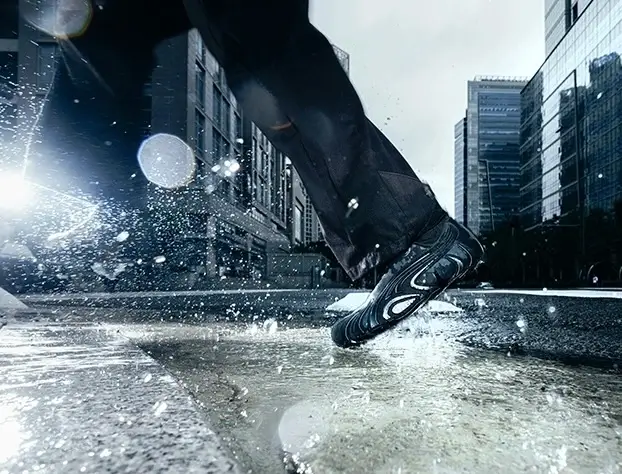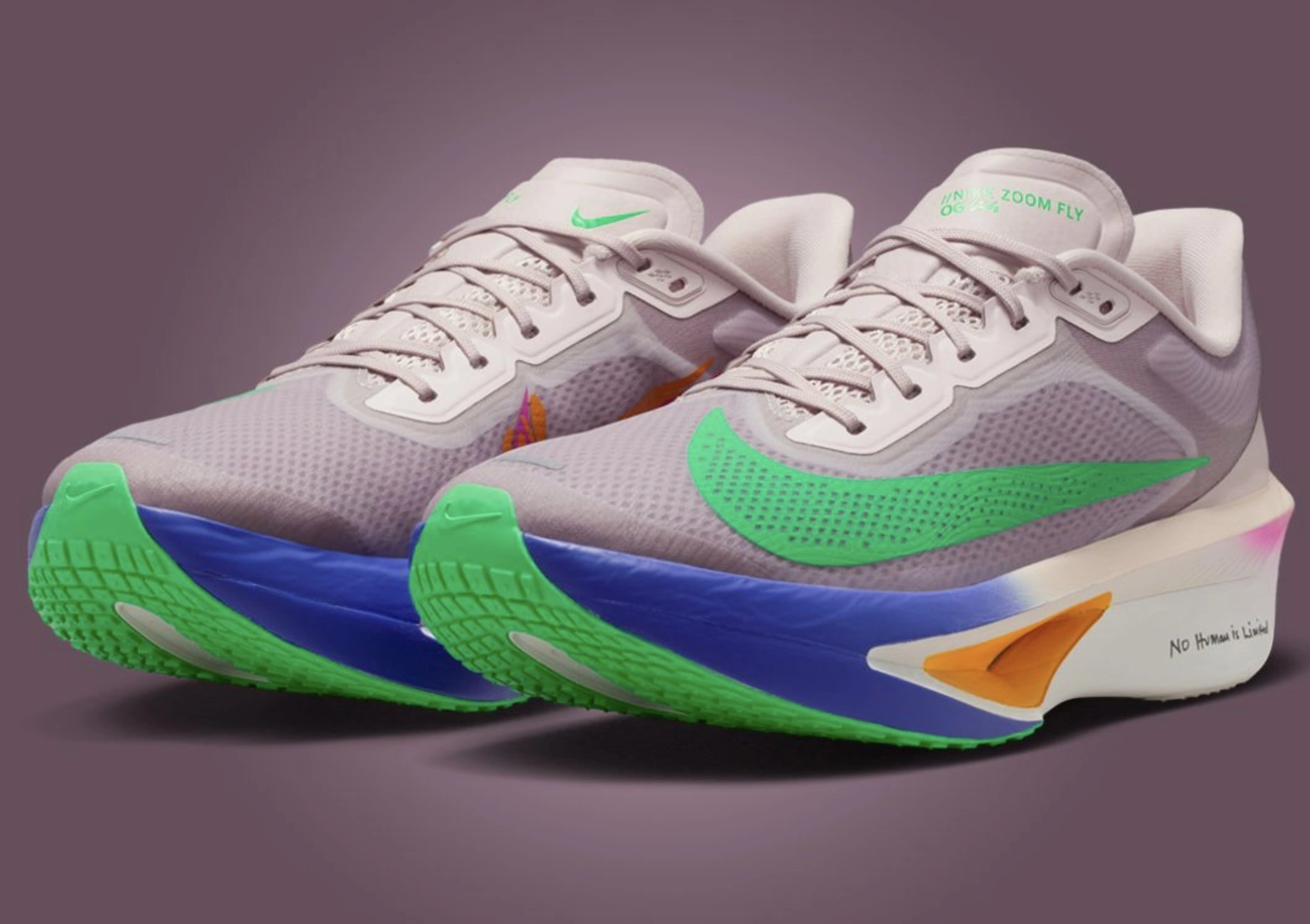Few shoes possess the historical gravity and stylistic elasticity of the Nike Blazer Mid. Originally conceived in 1973 as a basketball silhouette, the Blazer has traversed decades and disciplines — from hardwood courts to skateparks, galleries to gig venues — always reshaping itself without surrendering its identity. But with the Nike Blazer Mid Patchwork, we witness something different: not merely an evolution, but a collage. This edition of the Blazer becomes less a shoe and more a stitched-together memory, a textile archive of subcultural histories, wrapped around a modern icon.
Patchwork is more than an aesthetic. It’s a philosophy. One that privileges imperfection, celebrates multiplicity, and refuses the notion of singularity. Each square, fray, and stitch acts as a layer of narrative, a different moment in time sewn together with the others — harmoniously dissonant. In the case of Nike’s Patchwork Blazer, these ideas find material form in fabric, suede, canvas, denim, and leather, juxtaposed and overlapping like graffiti on a well-worn wall.
A Heritage Model Reimagined
The Blazer’s bones remain intact — its unmistakable high-cut silhouette, vulcanized sole, and oversized Swoosh. But the overlay of patchwork disrupts its legacy with creative tension. Where the original Blazer once embodied the clean, minimalist lines of 1970s performance wear, the Patchwork version embraces maximalism, borrowing techniques more associated with Japanese boro textiles, punk-era upcycling, and DIY skate aesthetics.
Color-blocking is neither uniform nor symmetrical. Panels of burnt orange corduroy bleed into olive canvas. Bleached denim collides with hairy suede. The classic white midsole is left unadorned, acting as a neutral anchor amidst the visual cacophony above it. A raw-edge tongue and exposed stitching complete the deconstructed feel, further reinforcing the sneaker’s dialogue with reassembled history.
Nike isn’t just manufacturing a shoe here — it’s reanimating stories.
The Rise of Textile Storytelling
There is a broader cultural resonance to the patchwork treatment. In the past five years, fashion has been swept by a tide of artisanal craftsmanship and archival referencing. From Kapital’s sashiko repairs to Greg Lauren’s remade military surplus and Emily Adams Bode’s heirloom quilt shirts, patchwork has become a visual language for continuity through rupture — something especially poignant in a time of global uncertainty.
The Nike Blazer Mid Patchwork enters this conversation with nuance. It doesn’t pander to nostalgia, nor does it romanticize scarcity. Instead, it uses patchwork as a means of pluralism. Each fabric square speaks to a different user, a different decade, a different terrain — whether that’s 90s grunge, early aughts skate culture, or today’s fragmented aesthetic of TikTok-core layering. In wearing this sneaker, the consumer doesn’t just adopt a style; they inherit a spectrum.
Subcultural Refractions
Blazers have always functioned as a kind of blank canvas for subcultural inscription. Skaters adopted the silhouette for its ankle support and grippy sole. Indie kids repurposed them for their normcore minimalism. Stylists in Tokyo and London styled them with vintage kilts or oversized slacks. The Patchwork Blazer doesn’t erase any of these histories — it amplifies them.
In fact, by collaging multiple textile traditions, the Patchwork edition becomes a sneaker that nods to everyone and no one in particular. It’s skate, it’s punk, it’s folk, it’s postmodern, and it’s street. It doesn’t ask you to fit a mold — it invites you to make your own. That open-ended approach feels especially timely in a culture increasingly defined by fluidity: of gender, of taste, of identity. The Nike Blazer Mid Patchwork resists pigeonholing, and that’s exactly its point.
Performance Meets Poetic Tension
Despite its visual bricolage, the shoe doesn’t lose sight of functionality. The high-cut collar still hugs the ankle with precision. The rubber sole, unchanging in form, retains the same traction pattern that made it beloved on the court and the concrete. And while the upper is a stylistic patchwork, its build quality is resolutely Nike — tight stitching, durable materials, and a structure that balances support and flexibility.
There’s a poetic tension at play here: the shoe looks like it’s been scavenged from leftovers, but it’s engineered with intention. This contradiction between appearance and performance echoes the contradictions found in so many urban environments — cities where grit meets glamour, where broken windows reflect neon lights. The Blazer Mid Patchwork feels like it belongs in those spaces — not polished, but alive.
An Archive You Can Wear
In many ways, Nike has transformed the Blazer Mid into an experiential object. It asks to be touched, worn, scuffed, and aged. The patchwork design is almost anti-pristine — it encourages wear and tear, knowing that each crease and fade will only add another layer to the story. This is a sneaker that doesn’t fear entropy. It welcomes it.
And in doing so, it turns the wearer into an archivist. Every time the shoe is worn — through rain, on gravel, into clubs or studios — it collects more meaning. The Blazer Mid Patchwork becomes not just a representation of past narratives, but a vessel for new ones. You don’t simply consume it. You contribute to it.
Final Reflections
There are sneakers that dominate the moment and sneakers that define a movement. Then there are sneakers that resist both, existing instead as quiet testaments to creativity’s refusal to be boxed in. The Nike Blazer Mid Patchwork is the latter. It doesn’t shout, but it doesn’t have to. Its language is in its layers.
By weaving together disparate fabrics, tones, and histories, Nike has created more than just a visual remix — they’ve made a wearable philosophy. One that honors the imperfection of the human experience, the richness of subculture, and the endless ways we use clothing and sneakers to narrate who we are becoming.
As the world continues to fracture and reassemble — politically, aesthetically, digitally — the Blazer Mid Patchwork reminds us that beauty can still be found in the piecing together. Not despite the breaks, but because of them.
No comments yet.









